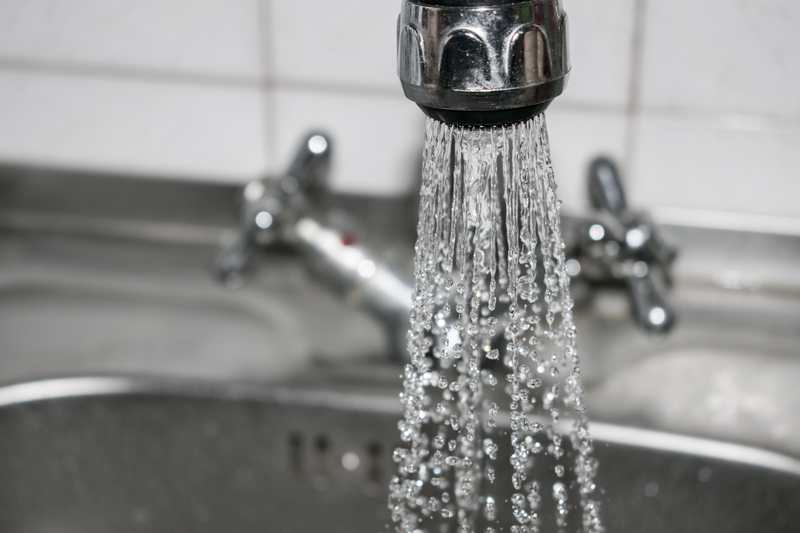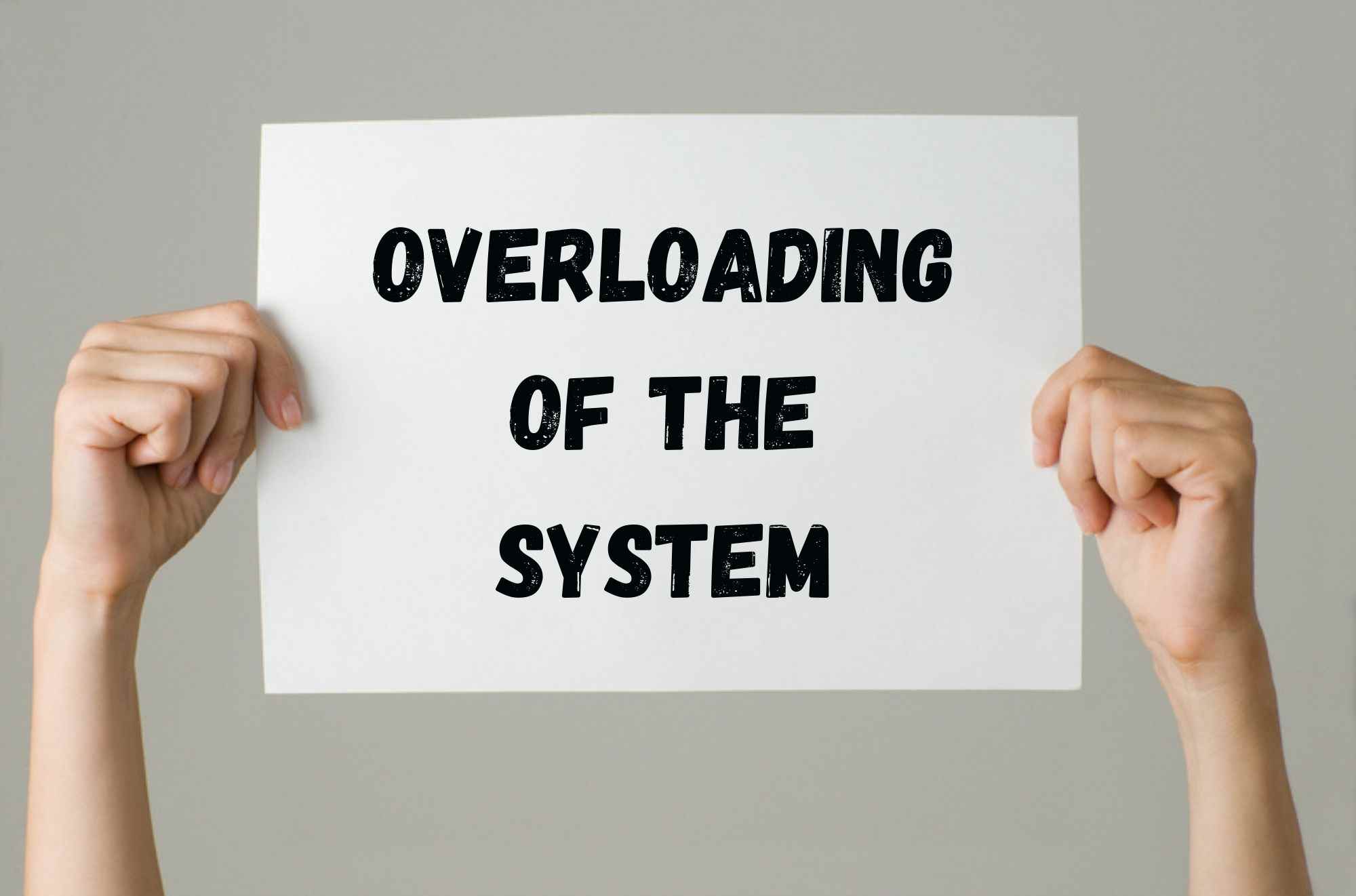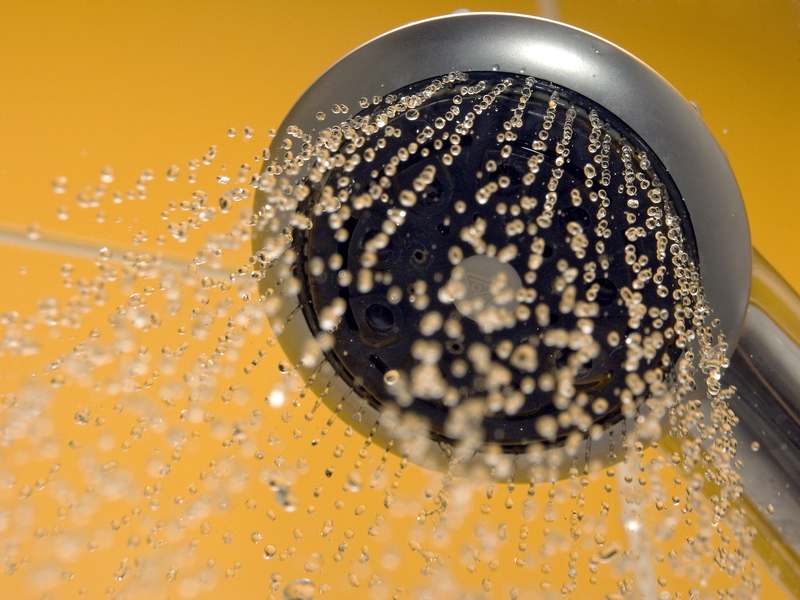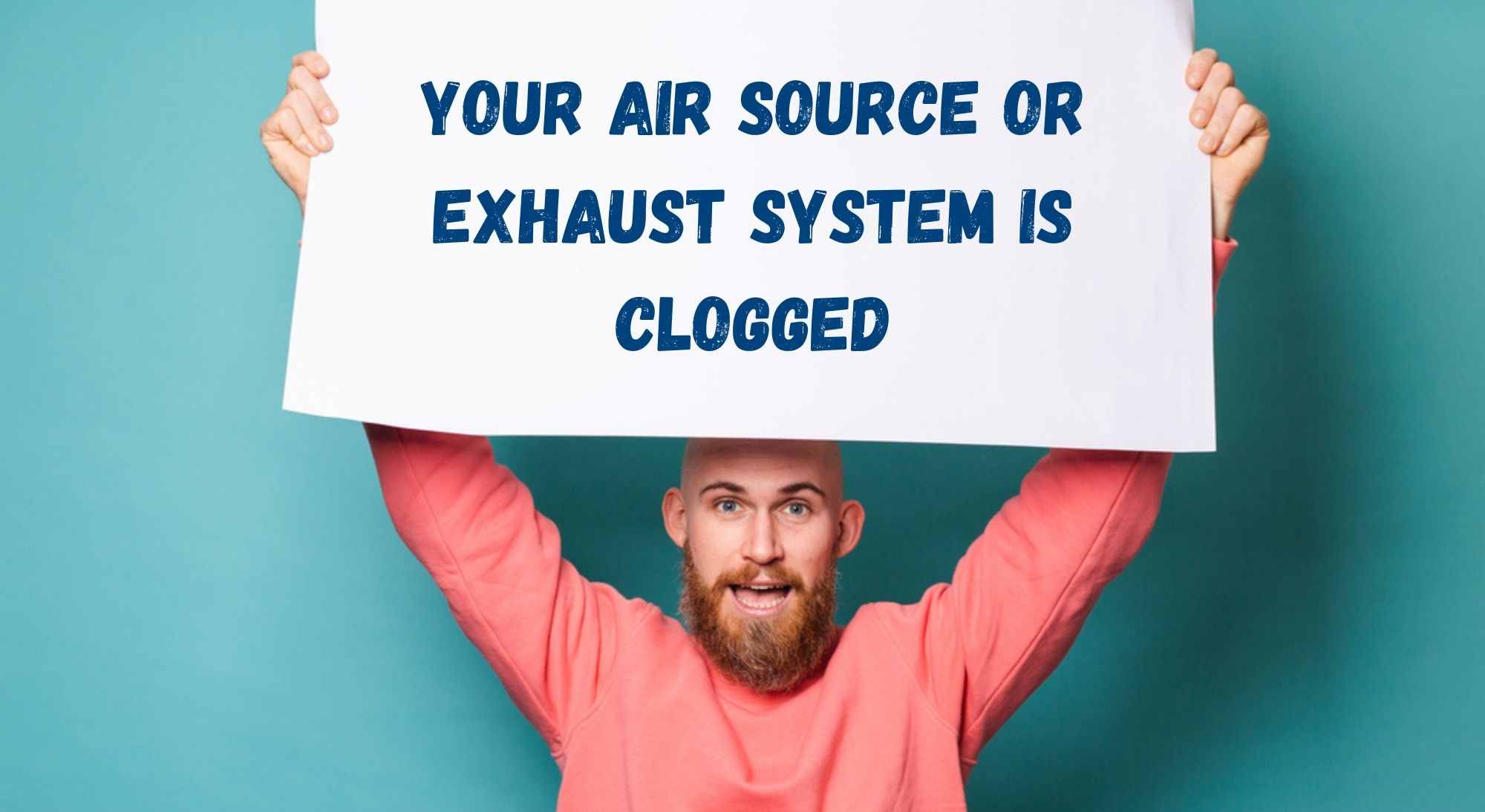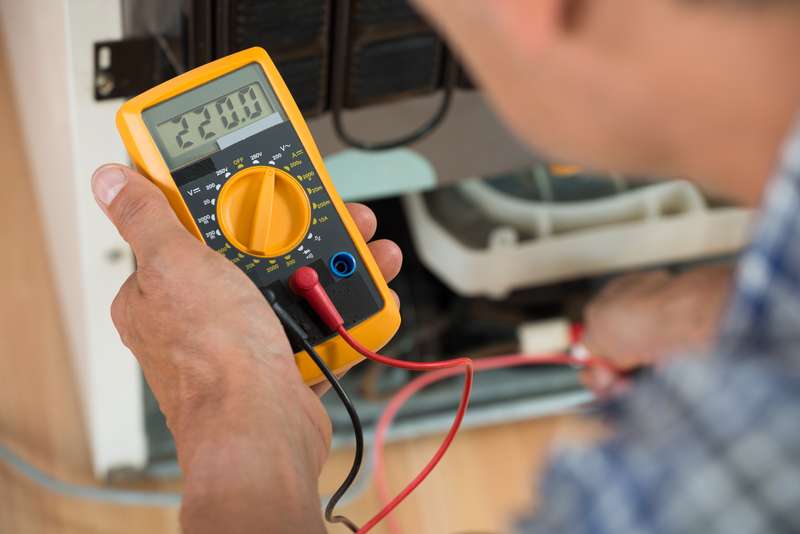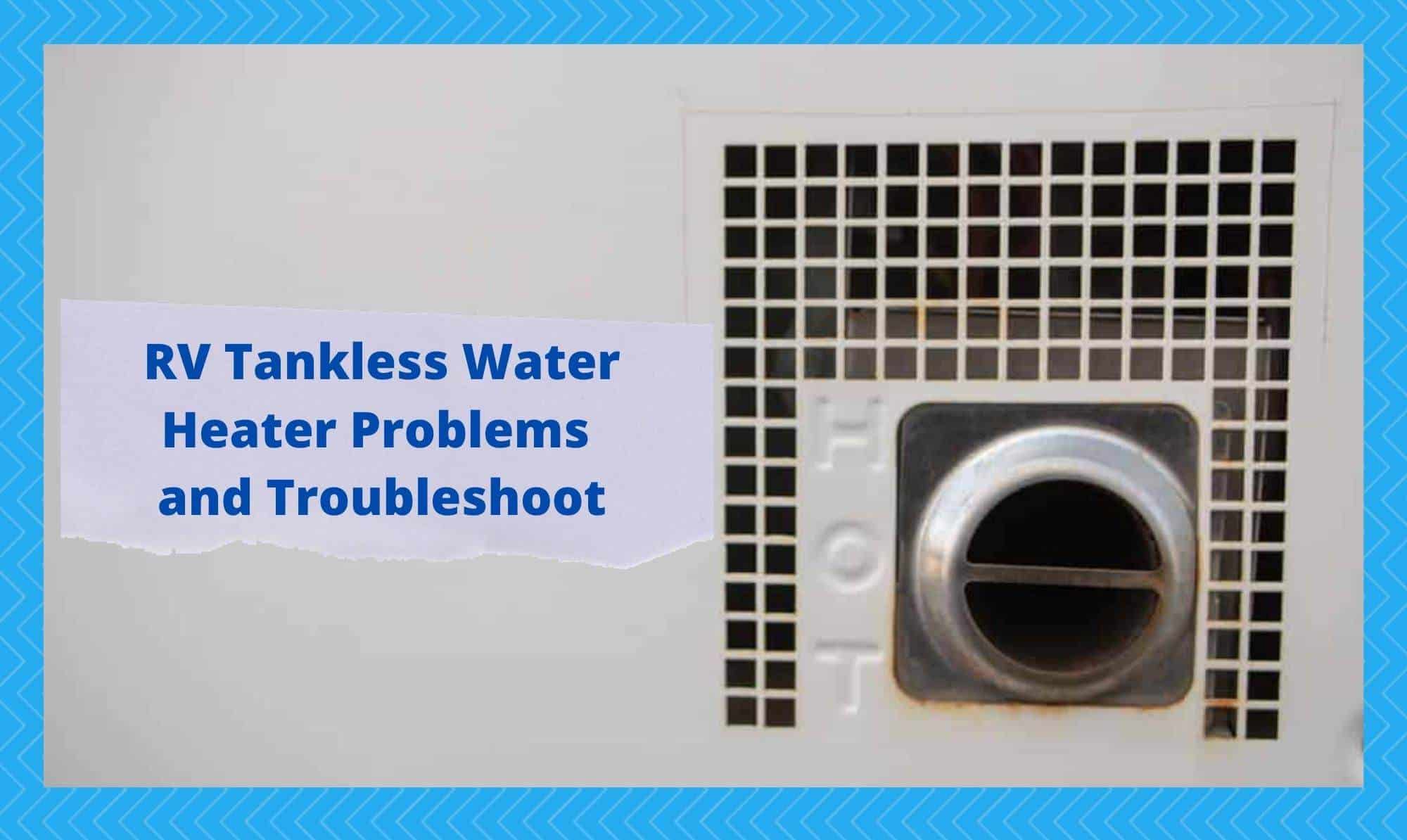
When you are in an area where the climate is cold, having a warm shower can feel luxurious. Though, when going out on trips to cold places, you might think it will be impossible to have a warm shower.
It is where tankless water heaters come in. It allows you to warm up the water within your vehicle, and you can easily get access to hot water as much as you want.
Another advantage is that these heaters are simple to install. If you properly follow the manufacture’ directions, you will have no problem with them. However, there are various other issues that the user may encounter.
This article will provide you with some common problems that you can encounter with an RV tankless water heater and steps to fix them. It should help in fixing them so that you can have a fun and enjoyable trip.
RV Tankless Water Heater Problems and Troubleshoot
1. Heater Switch Off Between Showers
If you are someone who has been using these tankless water heaters for a long time now. Then it is highly likely that the unit installed in your vehicle has gotten old.
All water heaters have a minimum flow rating given to them. It implies that you will obtain warm water as long as the pressure of the water going through is more petite than this pressure.
Though the valve is fairly low for older models, this implies that when the pressure rises, your heater will fail to heat the water. It will then keep on switching off and give you trouble. One simple way to fix this is by turning off your tap for a few seconds.
It will decrease the pressure so that you can continue using hot water. Although the solution might not be for everyone. Considering this, you should purchase a new unit and get it installed.
Newer tankless water heaters provide a much higher rating for the pressure, which takes out the worry of having to lower it. You can easily use your shower and taps without thinking about how much pressure you are using.
It is still important that you go through the specifications of the product beforehand to ensure there are no issues with it. Going through them should help you out significantly.
2. The Water keeps Getting Cold
Another common problem that users can experience is that the water they are getting from the heater keeps getting cold. In this case, you should note that water heaters take some time to warm up before water can properly start heating up. Keeping this in mind, the user should leave their tankless water heater switched on along with the tap for a few minutes before getting into the shower.
You will then note that the water will come out consistently without getting cold in between. However, sometimes the exchanger in your heater can get damaged. This is the part responsible for heating the water. If this happens, then the user will have to get it replaced with a new one.
Contact a specialist near you to have them check your heater. They should then be able to install the new part for you, or they might even fix the old one. Once this is done, you can then start using your tankless water heater without any issues with it.
3. Overloading of the system
Too many concurrent heated water activities, like many showering operations, can overfill your tankless water heater’s potential. If your heater evolves overworked, it may fail to deliver adequate heat or immediately turn off. If this happens, minimize the demand for hot water by avoiding concurrent usage, and try to reset your unit.
Yet, if your tankless water heater is routinely overfilled, then you must consider either switching to a more extensive capacity tankless water heater or installing another unit. Though purchasing a double unit may seem to be a pricey buy, but it will also preserve your money in the near future since you will operate considerably less water while looking for warm water and much less electricity to warm it up.
4. A Cold Water Sandwich
If your family routinely takes back-to-back baths, you’ve probably heard of the “cold water sandwich.” Assume a member of your family has just completed bathing and it is now your time. When you switch on the shower, you will first feel the hot water, but then be sprayed with cold water for many seconds until the temperature gradually rises again.
This occurred because when the first shower ended, there was still some hot water in the pipelines leading to the shower. The initially hot water you felt when the second shower started was indeed the stored water.
Tankless water heaters are often known as “immediate water heaters,” Any cold water in your shower is the result of cold water dwelling in the pipelines between your water heater and your shower.
The greater the distance your water must travel from the hot water system to its ultimate stop, the more obvious the gap. However, there is no way of avoiding this, but now that you’re aware of the situation, you may refrain from hopping in the shower until the cold water has subsided.
5. Your Air Source Or Exhaust System Is Clogged
The tankless water heater screen sometimes displays an error number to notify you if your air source or vent is clogged. This indicates that your water heater is experiencing problems with either combustion or exhaust.
To begin with, examine any exhaust pipes to verify they are directly aligned and clear of stab holes. Check your product handbook to ensure that the clearance requirements are fulfilled since putting your water heater too near to other objects will obstruct the airflow and cause a fire danger.
Birds’ nests, rats’ nests, and wasps’ nests can also clog your ventilation, so thoroughly inspect all vents that are situated or connected outside your property.
6. Ignition Problem.
There are various possible causes for your heater to refuse to light. This problem is frequently caused by a lack of gas, so make absolutely sure your gas cylinder is full before proceeding. If your gasoline or water valves are not opened, the ignition may fail as well. Check and completely open the gas and water valves.
If these methods do not address the ignition problem, it is possible that your ignition unit has broken or that there is a larger issue. You should contact professional support to assist you in diagnosing the problem and, if required, acquiring repair parts.
7. Thermostat Failure
A thermostat’s trouble is a more subtle concern that you may encounter. The thermostat on your water heater regulates the temperature of the water.
Many of the earlier problems were obvious. Examining your thermostat with a multimeter is the best method to see whether it needs to be replaced.
If your thermostat fails the test, it must be replaced. Before beginning this process, remember to turn off all electricity! Then, disconnect the wiring clamps, remove the old thermostat control, and install a new one. Finally, reconnect everything and test for power.
8. No Hot Water Coming Out
Sometimes people might notice that their water heater is giving out no hot water. This usually happens when you have a lot of appliances connected to the unit.
You should remember that there is a limit to the amount of water your heater can warm up at a time. You can try switching off any additional taps and only use a few of them at a time.
If these troubleshooting methods do not fix your problem then there are mainly two options for you. Either purchase a new unit that can provide you with a much larger capacity of water. Alternatively, you can even think about using two heaters in your vehicle.


